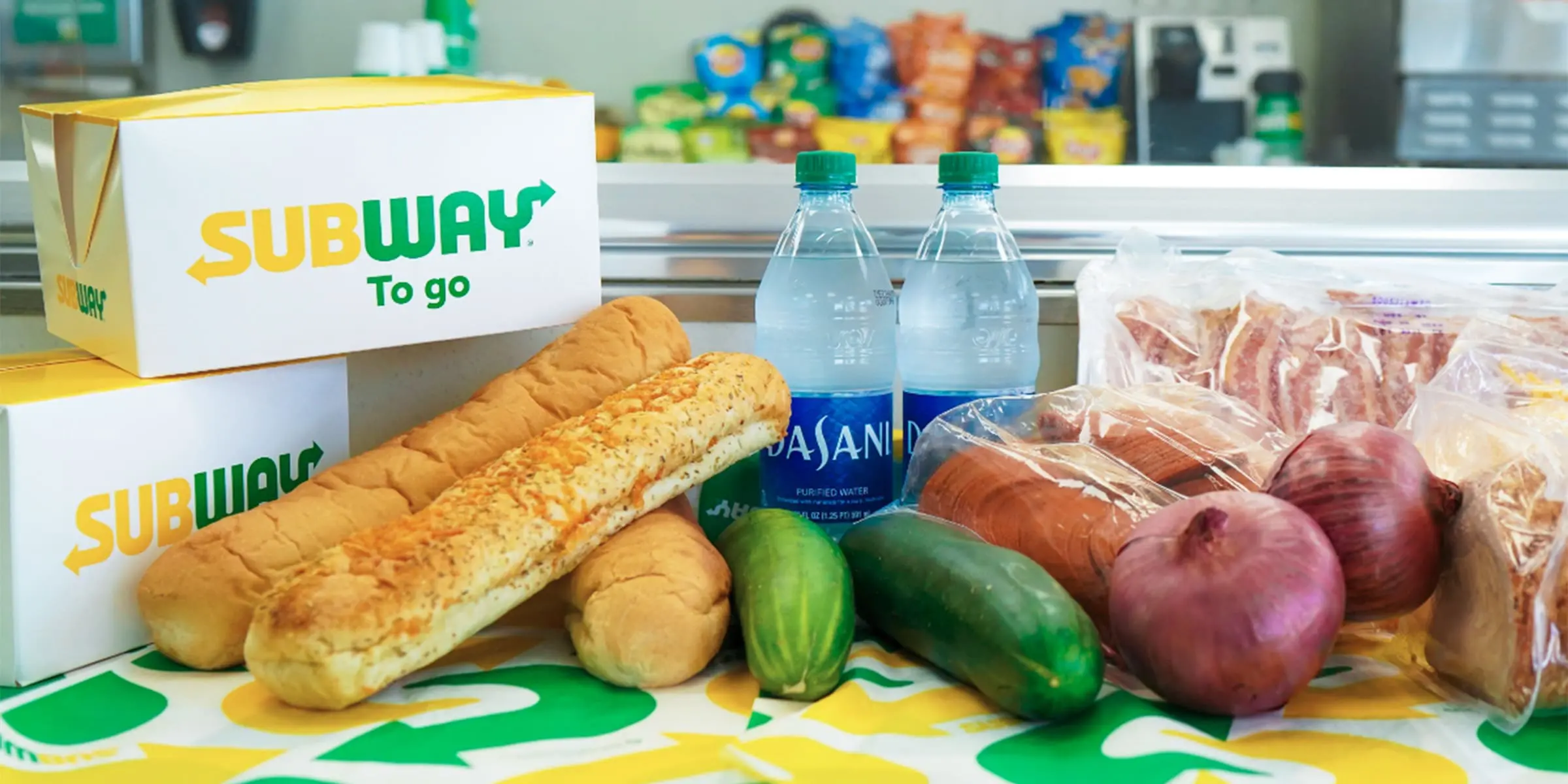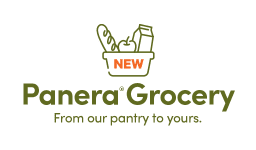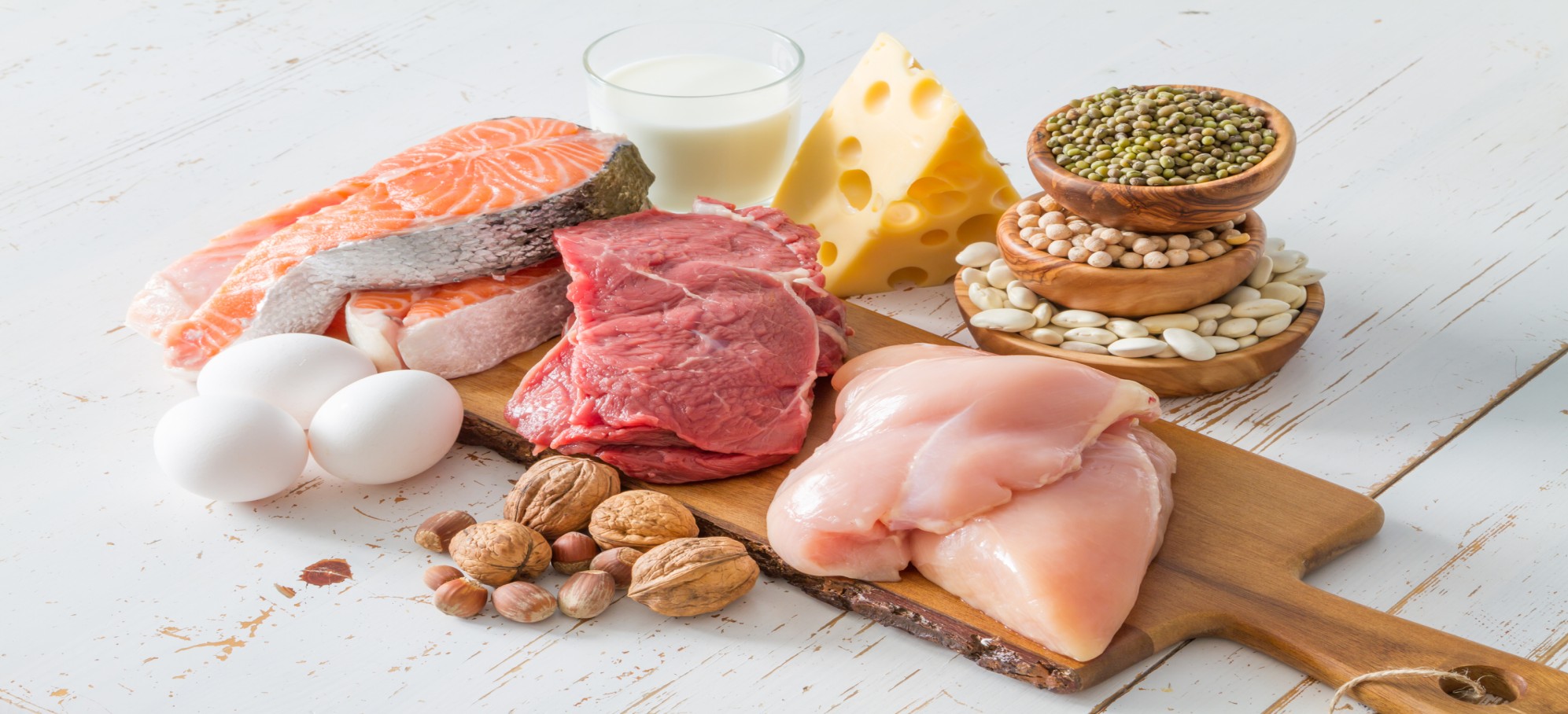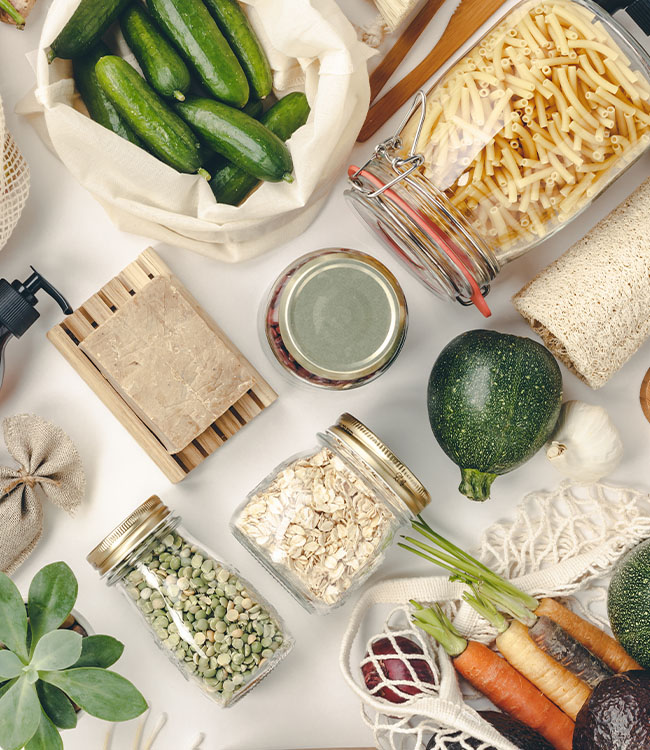Restaurants are smart to nimbly pivot to today’s consumer’s needs by launching grocery service during the COVID-19 outbreak, which can also help operators maintain a sufficient cash flow to keep the lights on. According to Mintel research on international food trends, more than one-third of international food consumers want to see restaurant-branded international foods at grocery stores, which is just a taste of the appeal that foodservice grocery items can garner. This service must remain true to the restaurant’s core values and cannot be detrimental to longer-term brand trust and loyalty.
Potbelly, Panera Bread and Subway debut grocery services



What we think
When offering grocery service, restaurants need to stay true to their traditional pricing and value proposition. Purchasing enough ingredients to make six sandwiches from the Potbelly Pantry costs a little bit less than buying the prepared sandwiches in the store (per sandwich), making it a fairly good value to consumers, who must assemble and toast their own sandwiches at home. The chain is helping customers have fun while making their own sandwiches by sharing chef-led how-to videos online. However, the Potbelly Pantry doesn’t allow customers to purchase other popular topping options such as tomatoes or lettuce, among other condiments. Therefore, customers must make sure to have these additional ingredients at home if they want to duplicate their favorite sandwich, which can take away from the overall Pantry experience and convenience.
Panera’s grocery program is a good way to publicly remind consumers that they’ve always specialized in grocery favorites at their restaurants, including bread, bagels and cream cheese. Consumers wishing to order a Panera meal for lunch or dinner during the COVID-19 outbreak may be more likely to think about ordering bagels and cream cheese at the same time for their weekday breakfasts, as a result of this program’s publicity. Panera is also doing a good job of maintaining consumer trust in its products by making sure its grocery products are held to the same clean standards as their foodservice standards.
At Potbelly, Subway and Panera, all of the ingredients available for grocery service can also be found somewhere on the menu, which makes sense because it’s what’s already available in their supply chain. While some independent restaurants are testing add-on sales of grocery products such as toilet paper or pet food, chain restaurants don’t likely have the capability to access these types of products on a large scale, and they probably shouldn’t sell them, even if they did.
Brand image should remain consistent to consumers during this COVID-19 outbreak, and hurting a brand’s perception with inflated prices, off-brand product assortment or subpar food ingredients that don’t taste the same when prepared at home could have lasting implications beyond the outbreak. For example, consumers may not be pleased to learn that Subway receives its bacon pre-booked, and Subway’s bulk order size is so large that the price tags (eg $35.75 for 150 pre-cooked bacon strips) may be off-putting for a value-centered chain. On the other hand, some chains that already have a strong CPG business, such as Panera Bread, may find that offering grocery-style or grocery-branded options at the store level helps drive incremental sales well beyond the COVID-19 outbreak.





























